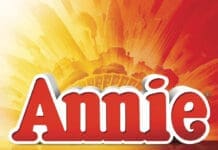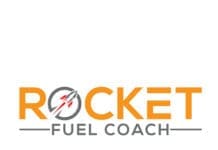By Chris Balzar, ECES
If you are like most people when your electric bill arrives every month, you place it in the “to pay” folder and open it later. When we do get around to opening the electric bill, we look at the amount owed; some sigh, some grunt, some grin, mainly in November and we get out our checkbooks or log into our accounts and pay the amount without fail. Don’t get me wrong, I love having electricity. I’m currently writing this article in a very comfortable air-conditioned office while it is 92° with a “feels like” 101° outside. I gladly pay the electric company and am thankful for all the hardworking employees who keep me in comfort.
There are ways to lower our electric bills. We can turn our thermostats to 85°, we can draw the blinds preventing natural sun light to illuminate our homes, we can use the fire drill exercise by running out the front door and closing it quickly behind us so our bought air does not escape or we can take measure to become more energy efficient. It’s not rocket science, its building science. A well-insulated and properly sealed home, uses less energy while maintaining the same comfort.
So, how do we make our homes more energy efficient? Outlets and switches on exterior walls can waste 1% of energy. Adding insulating cover plates can reduce the amount of conditioned air leaking into the outside. 12% of energy loss occurs from drafts around doors and fireplaces. Seals around doors can and will fail over time and should be checked and replace as needed. Thermal imaging can detect these leaks or simply look for daylight or use a flashlight at night; if you see light, adjust or replace the seals. Windows can contribute 14% of energy loss. Replacing windows can be expensive. If there are cracks or fog like film between the panes on windows, these will most likely need to be replaced. If the window is clear, but you feel heat when the sun shines through or have single pane, there are spectrally select films which can be applied to the window which dramatically increase efficiency, almost eliminating UV destruction at a fraction of the cost of replacement windows.
An area which we focus on for energy loss is the attic. 33% of energy loss occurs through our attics and roofs. Recently, Florida has required new construction homes built by 2017 and newer to undergo a blower door test. A blower door is a powerful fan that mounts into the frame of an exterior door. The fan pulls air out of the house, lowering the air pressure inside. The higher outside air pressure then flows in through all unsealed cracks and openings. This test determines the air infiltration rate of a building. Prior to 2017, these tests were not required and rarely used. The importance is that now builders seal electrical and plumbing penetrations with a fire block expandable foam making your home more energy efficient. Prior to the requirement of blower door testing, many builders did not seal these penetrations allowing for energy loss. Sealing these penetrations increases comfort, increases air quality and saves energy. Attic insulation is also extremely important. If your home is 15 years or older and has no added insulation in your attic, you most likely have 61% less insulation than what is required today for new construction. If you see joists and wood beams where the insulation should be, adding insulation will increase your comfort and increase energy efficiency saving you money.
There are many ways to increase comfort while lowering your electric bill. Why? Because you’re worth it. If you have concerns with your electric bill or energy loss and want to be more energy efficient, we are happy to schedule an inspection and educate you on how to increase comfort and save energy.
Chris Balzer is founder and president of Emerald Coast Energy Solutions and resides in the Santa Rosa Beach area with his wife and three children. For more information on how to save money and become energy efficient, schedule an inspection by calling (850) 588-2870, visit www.trusteces.com or email wecare@trusteces.com and “Beat the Heat.”





























































